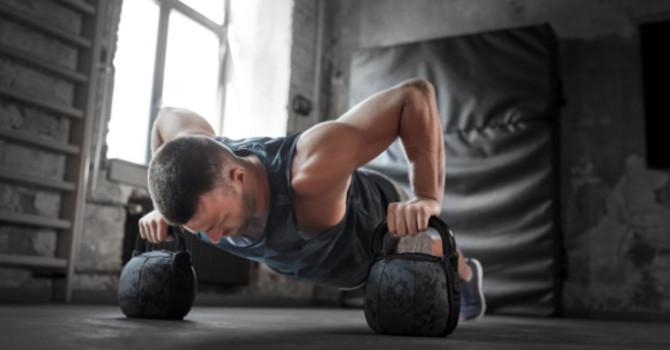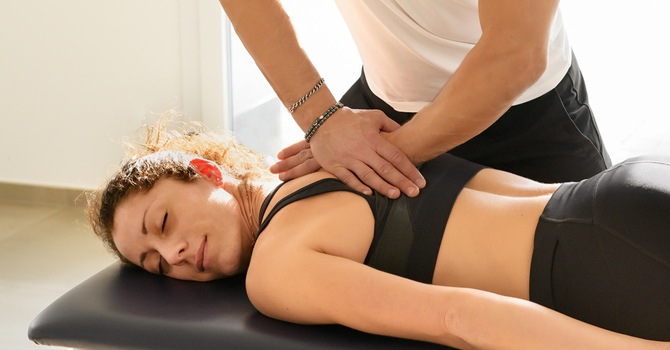If you’ve been following our Dry Needling Therapy Highlight Series, you know the benefits this technique can provide for muscle pain and tension. In our final video, we’re diving into an important topic—the risks associated with dry needling and how to find a well-trained practitioner.
The good news? Dry needling is generally safe when performed by a qualified professional. The most common side effects are mild, such as temporary soreness or bruising. Since the needles are extremely thin—about half the thickness of a standard ear piercing—there’s minimal tissue damage.
However, the biggest potential risk arises when needling near the lungs. If performed improperly in the chest or mid-back region, there is a small chance of pneumothorax (a collapsed lung). While this is rare, it highlights the importance of choosing a licensed, experienced practitioner who understands the anatomy and techniques necessary to keep patients safe.
How to Choose the Right Dry Needling Practitioner
Not all states regulate dry needling the same way, which means that some professionals may have little to no formal training in the practice. While states like Arizona have strict certification requirements, others (like Kansas) allow any licensed medical professional—chiropractors, physical therapists, MDs, and DOs—to perform dry needling without additional oversight.
So how do you ensure you're in good hands? Always ask about credentials. Find out where they trained, whether they hold certifications in dry needling, and how much hands-on experience they have. You don’t want someone who simply learned the technique from a few YouTube videos!
Dr. John McNeely
Contact Me


